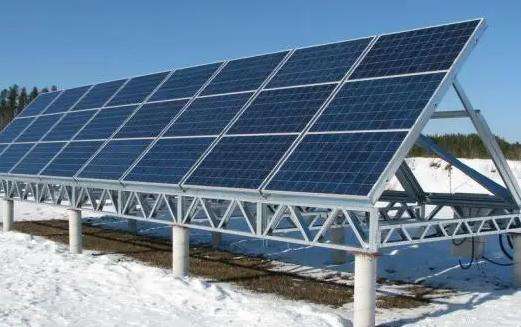With the continuous improvement of environmental awareness and the increasingly serious energy crisis, solar energy, as a clean and renewable energy, is favored by more and more people. As an essential component of solar power generation, the price of solar panels has also become the focus of attention. This article will discuss market trends and comparative pricing analysis of solar panels.
1. Solar panel price trend
1. Global Solar Panel Price Trend
Global solar panel prices have shown a downward trend since 2010, of which 2017 and 2018 saw the largest price declines of 26% and 26% respectively. 33%. This is mainly due to the large-scale production and export of Chinese solar panel manufacturers, which has left the global solar panel market with oversupply and falling prices.drop. However, in recent years, solar panel prices have started to rebound due to factors such as Chinese government capacity adjustments and the trade war.
2. Domestic solar panel price trends
Domestic solar panel prices also show a similar trend. From 2010 to 2017, domestic solar panel prices fell by more than 70%. However, since 2018, domestic solar panel prices have begun to rebound, and the price of monocrystalline silicon solar panels has rebounded significantly, mainly due to the higher production costs of monocrystalline silicon solar panels.
3. Future trend of solar panel prices
In the future, solar panel prices will continue to show a downward trend, but the decline will gradually decrease. This is due to the continuous improvement of floor panel technologyareas and the continued reduction of production costs. However, the rate of decline in solar panel prices will gradually slow down.
II. Comparative analysis of solar panel prices
1. Factors affecting the price of solar panels
The factors affecting the price of solar panels are mainly as follows. aspects:
(1) Material cost: The material cost of solar panels is the most important factor affecting the price of solar panels, among which the price of silicon wafers accounts for the largest proportion.
(2) Production process: The production process of solar panels directly affects the cost of production, which in turn affects the price of solar panels.
(3) Market Competition: Market competition is another important factor affecting the price of solar panels. The more intense the competition in the market, the lower the price.
2. Solar panel price comparison
Solar panel price comparison mainly includes the following aspects:
(1) Price comparison of different brands of solar panels: Panel prices Solar panels of different brands vary greatly, mainly due to factors such as brand influence, production technology and material costs.
(2) Price comparison of different types of solar panels: Solar panels are mainly divided into three types: monocrystalline silicon solar panels, polycrystalline silicon solar panels and amorphous silicon solar panels are the most widespread. expensive, the lowest price for amorphous silicon solar panels.
(3) Price comparison of solar panels from different origins: The origin of the solar panels will also affect the price. Generally speaking, solar panelses domestic.Prices are lower, while imported solar panels are more expensive.
3. Operation steps for solar panel prices
1. Before purchasing solar panels, you must first understand your own electricity needs and solar energy resources, and determine the power and cost of these. the quantity of solar panels required.
2. Choose the appropriate brand, model and origin of solar panels based on your needs and budget.
3. When purchasing solar panels, you should pay attention to the quality and performance of solar panels, especially conversion efficiency and durability.
4. When installing solar panels, you must follow the installation specifications to ensure the safe and stable operation of the solar panels.
5. When using solar panels, inspection and maintenanceRegular maintenance is necessary to maintain the efficient operation of solar panels.
Solar panels can be divided into:
1. Crystalline silicon panels: polycrystalline silicon solar cells, monocrystalline silicon solar cells.
2. Amorphous silicon panels: thin film solar cells, organic solar cells.
3. Chemical dye panels: Solar cells sensitized to dyes.
Solar panels are devices that absorb sunlight and convert solar radiation energy directly or indirectly into electrical energy by photoelectric effect or photochemical effect.
The lifespan of solar panels is determined by cell materials, tempered glass, EVA, TPT, etc. Typically, the lifespan of panels made by manufacturers who use better materials can be up to 25 years, but over timetime Due to the influence of the environment, solar panel materials will age over time.
Detailed informationScopes of application:
1. Petroleum, Marine and Weather: Cathodic protected solar power systems for oil pipelines and tank valves, emergency and back-up power supplies for oil drilling. marine detection platforms and equipment, meteorological/hydrological observation equipment, etc.
2. Lighting power: such as garden lights, street lights, portable lights, camping lights, climbing lights, fishing lights, black light lights, rubber tapping lights, lamps energy saving, etc.
3. Photovoltaic power plants: independent photovoltaic power plants from 10KW to 50MW, wind and solar (diesel) complementary power plants, dvarious charging stations for large parking centers, etc.
4. Solar buildings: The combination of solar power generation and building materials will make future large buildings self-sufficient in electricity, which is a major development direction for the future.
Baidu Encyclopedia - Solar panels














